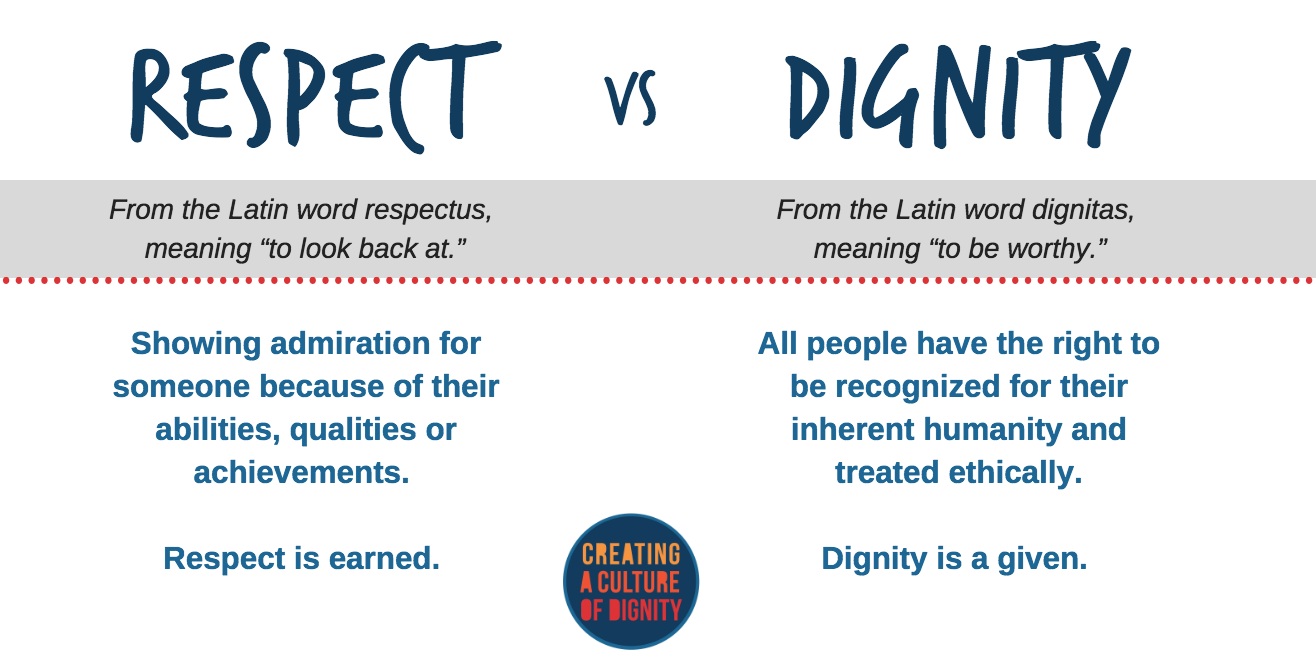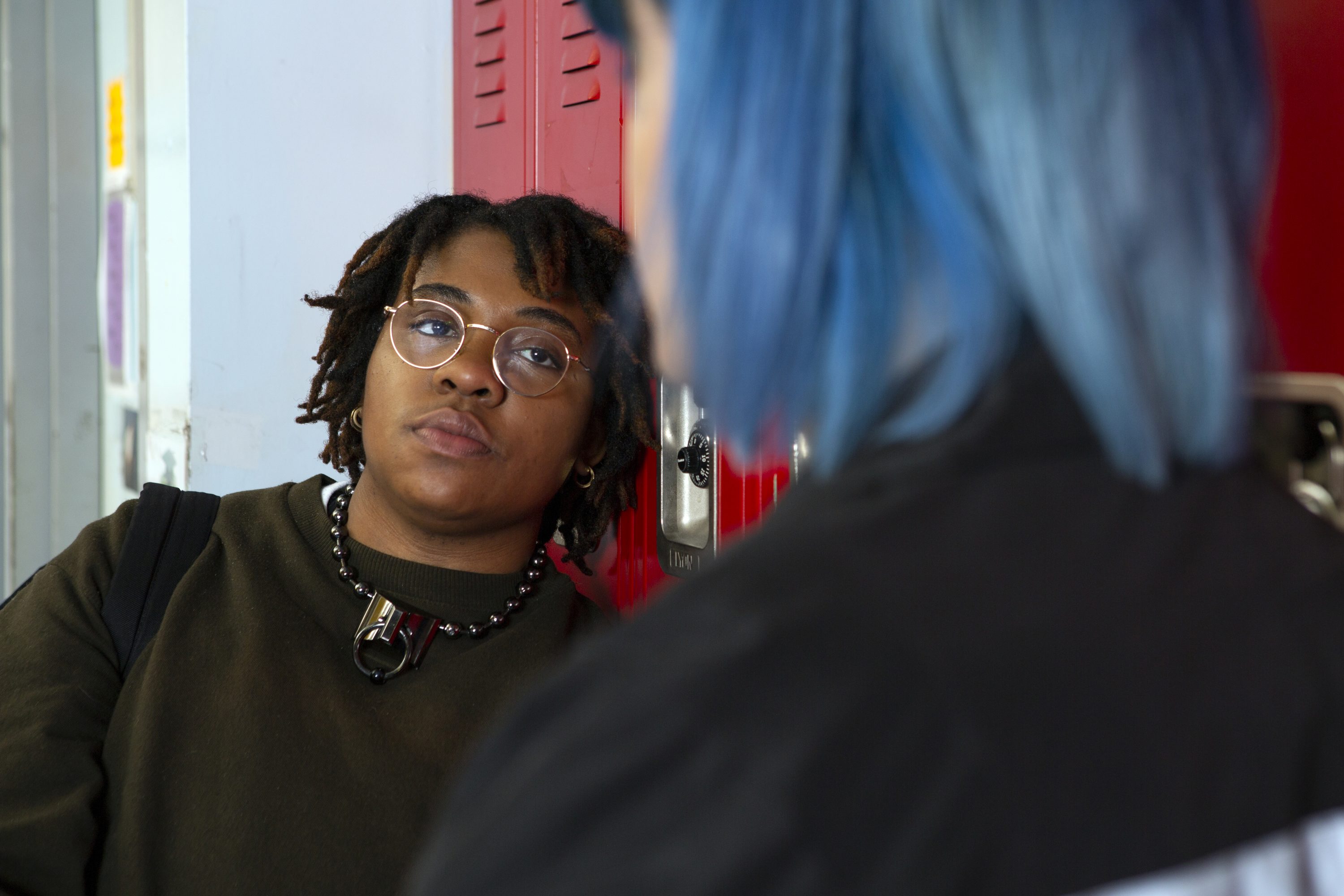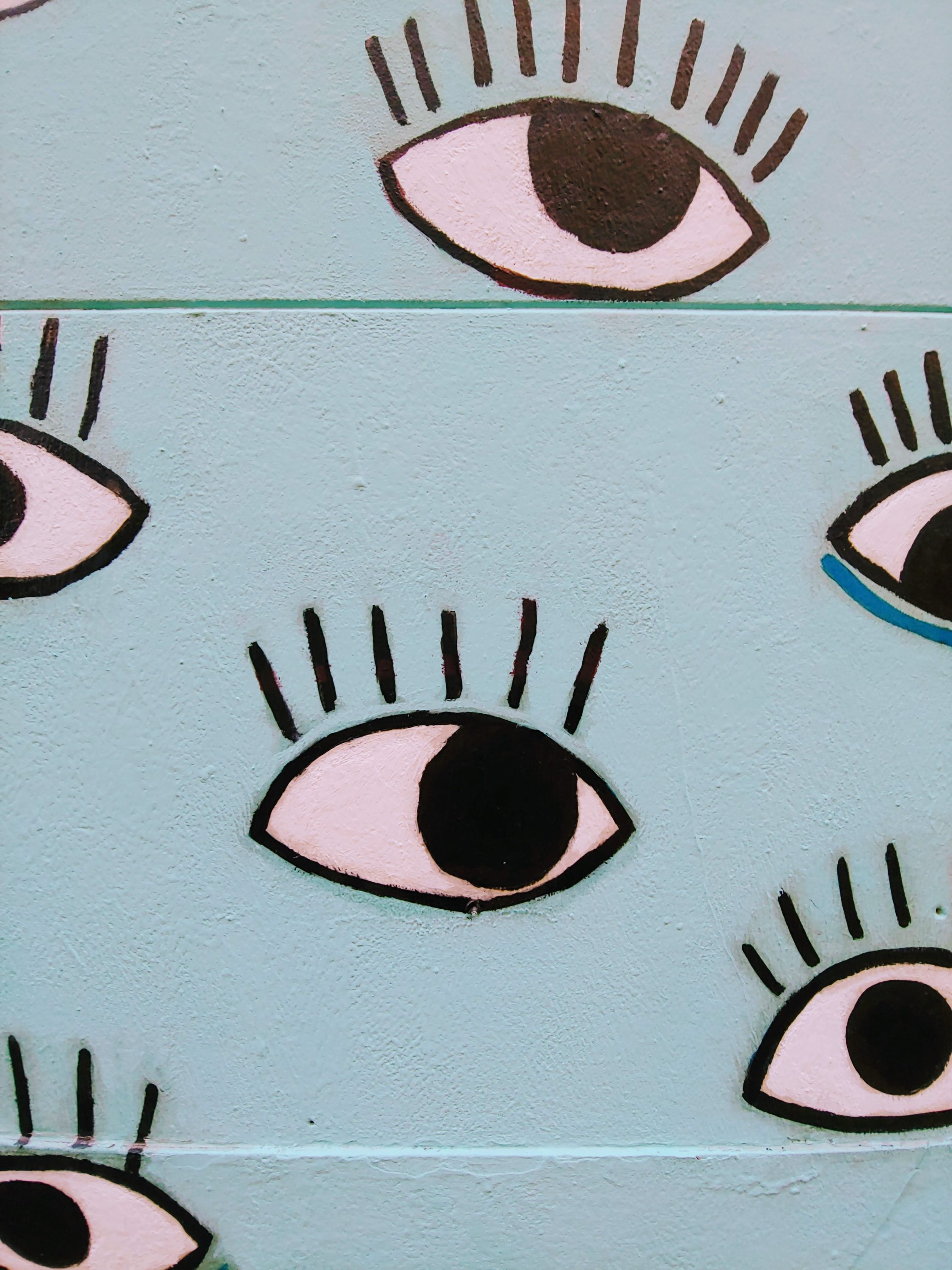Sometimes, it still astounds me that I am a teacher. I hated school. I graduated high school with a 2.45 GPA and would frequently call the front office from the bathroom pretending to be my Mom so I could leave for the day. At 15, I went out of my way to learn things about Kathy, who worked the front desk, so I would sound convincing when I called to say that Megan would be leaving early for an orthodontist appointment, or doctor’s appointment, or family event. I have a grab bag of learning differences and school quickly became a place where I regularly felt stupid and scared. I made the decision that it was way better to be the class clown, the smart ass, or absent then it was to lean in to the vulnerability required to succeed in a place where I did not feel safe. Yet, here I am, in my 12th year. Everyday, I am filled with a sense of urgency when it comes to understanding and prioritizing the emotional lives of young people because I carry my adolescence with me everywhere I go.
Dr. Laurence Steinberg’s excellent book on adolescent neuroscience, Age of Opportunity, offers insights about why I feel like I carry adolescent Megan around like a backpack full of swear words and side eye. It’s called the reminiscence bump. Research has shown that, “ events between the ages of ten and twenty-five are recalled more frequently than events from other periods” (19). I agree with Steinberg’s hypothesis that, “ brain regions responsible for strong emotions are especially sensitive during adolescence. As a result, the adolescent brain is chemically primed to encode memories more deeply. The bump doesn’t exist because more emotional events take place in adolescence, but because ordinary events trigger stronger emotions” (21). I know it is not just me. All of us carry memories from our adolescence, and many carry nearly the same emotional charge they did when we were teens. Many adults think back on their youth and have visceral memories about joyful moments, major milestones, or painful experiences. And yet, many people seem to agree to a dismissive cultural narrative that adolescence is just bad for everyone, something all young people have to suffer through until you “grow out of it”. How does our current idea of adolescence empower young people or validate their emotional realities? Steinberg offers a similar viewpoint when he shares:
“… most of our efforts to influence adolescent development are aimed at preventing or treating problems, rather than optimizing healthy development. Unlike zero to three, where our focus has been largely on encouraging positive growth and development through early interventions and education, our emphasis during adolescence has been almost entirely on preventing problems. We spend our time telling adolescents what they shouldn’t do, rather than guiding them toward what they should– and can– do” (205).
I want to offer an antidote to an apathetic narrative. A proactive toolkit made of proactive strategies, critical empathy, and an intellectual framework to understand the power of human behavior. Understanding dignity has transformed my teaching, made my classrooms healthier, and brought more people on board to share my sense of urgency around the emotional lives of teens.

Dignity is a framework that forces a shift in our understanding of human behavior and relationships. A framework which fundamentally shifts our interactions and our cultures. Frequently we think dignity and respect are the same thing, but they are fundamentally different. Dr. Donna Hicks, author of Dignity: Its Essential Role in Resolving Conflict, articulates the difference:
“Dignity is different from respect. Dignity is a birthright. We have little trouble seeing this when a child is born; there is no question about children’s value and worth. If only we could hold onto this truth about human beings as they grow into adults, if only we could continue to feel their value, then it would be so much easier to treat them well and keep them safe from harm. Treating others with dignity, then, becomes the baseline for our interactions. We must treat others as if they matter, as if they are worthy of care and attention…Others’ bad behavior doesn’t give us license to treat them badly in return. Their inherent value and worth needs to be honored no matter what they do. But we don’t have to respect them. They have to earn respect through their behavior and actions” (4-5).

The radical shift here is using dignity as the baseline for our interactions and the seemingly simple ask to treat others as if they matter. Framing communities around dignity requires reflection on ourselves and others in a way that is not connected to character and it does not weaponize shame. When discussing the motivation to create the dignity model, Dr. Hicks states, “I have observed a… missing link in our understanding of conflict: our failure to recognize how vulnerable humans are to being treated as if they don’t matter” (2). This is a profound paradigm shift. What if all stakeholders in your school carried this idea with them into every interaction?
Dignity will increase emotional intelligence

Our emotions are not going away, they don’t just wait at home when we walk into our schools, they walk in with us. Sometimes they are hypervigilant and ready to rumble, sometimes they’re asleep, sometimes they’re happy and calm, sometimes they’re a mix of everything. Schools need to be emotionally aware and agile because everything happening during the day is so uniquely human. Within any school on any given day here is what I find: People trying things, people avoiding things, people being scared of things, people being mad about things, people learning things, people managing relationships, people making things, people being really vulnerable with varying degrees of success. In order for all this humanness to happen, and, dare I say flourish, we have to prioritize the emotional well being of all community members. If we (and I mean ALL- teachers-admin-parents-students) agree to try using dignity as our way of seeing ourselves and others, the emotional lives of others are always at the forefront. Dr. Hicks reinforces this need:
“What seems to be of the utmost importance to humans is how we feel about who we are. We long to look good in the eyes of others, to feel good about ourselves, to be worthy of others’ care and attention. We share a longing for dignity– the feeling of inherent value and worth… when a mutual sense of worth is recognized and honored in our relationships, we are connected. A mutual sense of worth also provides the safety necessary for both parties to extend themselves, making continued growth and development possible… We have an inborn desire to be treated well because we are psychologically programmed to believe that our lives are dependent on it. We cannot help but react to being mistreated… Research suggests that we are just as programmed to sense a threat to our dignity– to our sense of worth– as we are to a physical threat” (7).

If people do not feel they can bring their full selves into our space they will close off and disengage, especially adolescents. Academic engagement, professional engagement, parent partnership, are all linked to perceived emotional safety. Dignity gives us a framework to analyze our interactions and relationships, as well as motivation to reflect. It is a constant reminder that other people matter, an idea that should be the baseline we bring to all of our interactions. That is a profound shift. Empower your community with tools to effectively manage emotions and embrace the productive discomfort required to shift culture and emotional intelligence can become the norm. This won’t happen overnight. Assholery is learned behavior and takes some time to dismantle. However, bringing dignity into your school can expedite the timeline and create an authentic sense of urgency around the need to be aware and responsive to your emotional needs, as well as the needs of others.
Dignity empowers communities by depersonalizing conflict

I really wish that someone had coached me on healthy ways to engage in conflict when I was a lot younger. I imagine many people feel the same. Conflict is not fun, but does not have to feel horrific. Conflict is an essential element of a healthy community. However, when we do not have skills to manage the myriad of emotions conflict brings up in ourselves or others, it is easy to want to hide from it. It feels easier to not mention that a situation made you feel uncomfortable, to not tell a teacher a comment they made in class hurt your feelings, to not tell a friend they crossed an important boundary, to deny that something has you feeling vulnerable. That desire to avoid creates toxicity that makes our communities sick. It creates emotional baggage that makes us sick and weighs us down. We avoid conflict because we fear that our emotions will get the better of us, which is valid. In Emotional Intelligence, Daniel Goleman describes the experience of being captured by your default reactions as being “emotionally hijacked.” We have all experienced this, when our emotions take over and it seems like we cannot stop ourselves from engaging in messy behavior, even though we don’t want to. Dignity provides a framework to handle conflict better in the moment, but also gives us a road map back if we do go too far and cause harm. This does not give permission to lean in to bad behavior, letting one just repent at the altar of dignity. Having a shared vocabulary depersonalizes conflict and empowers communities. Using the language of dignity means that one does not have to think of conflict as something scary that they can never engage in or recover from. We are naming behaviors and addressing actions that can be changed rather than attacking the character of the person in front of us, eroding relationships, and perpetuating the idea that conflict is something to avoid. We need communities where conflict does not carry stigma and we learn to thrive in challenging conversations that promote prosocial critical thinking.
Dignity increases creativity and innovation

Schools need to be full of collaboration, creative problem solving, critical thinking, and innovation. When we don’t invest in the people of our community, equipping members with tools to manage emotions and engage in healthy conflict, we are limiting our collective potential. Understanding the role emotion plays in your daily life, and having a framework to process interactions, empowers everyone to excel and creates space for innovation. IDEO, the famous design thinking organization, asserts the three pillars of design thinking are empathy, ideation, and experimentation. To engage in those pillars, we have to create communities with emotional acumen that embrace productive discomfort. According to creativity researcher Jodi Ricci, schools also have to re-examine what we mean when we toss around the word empathy. The common understanding of empathy is trying to share someone else’s experiences or feelings by imagining what it would be like to be in their situation. Schools preach that empathy is something everyone should have and we should all be striving to get more. However, Dr. Hicks helps explore empathy when describing the role that mirror neurons play in empathetic thinking, “these neurons help us read the emotional experience of others. When someone else is feeling sad, these neurons automatically stimulate the same neurons in us, making us feel sad, too. It is a wonderful gift when these neurons enable us to feel compassion, to connect with others in primal empathy. But the neurons also have the power to incite in ourselves the anger, hatred, and negativity that someone else is feeling” (99). Using dignity as a frame for our interactions helps others understand that empathy is not a passive act. It is actively choosing to engage in critical thinking and forming habits that encourage us to live beyond our feelings, to embrace the complexity involved in interacting and creating as a community.

Re-working projects, trashing a prototype that isn’t working, creating meaningful user experiences, thinking from others’ point of view, collaborating on ideas, these all require emotional management and a willingness to engage in vulnerability. Schools that claim to be innovative and creative have to give community members active tools and strategies to be critically empathic, and we have to build cultures of dignity. Our misunderstanding of the value of emotions stops us from achieving our goals, especially when it comes to students. Adults routinely hold young people accountable for their behavior and actions while simultaneously devaluing their emotional realities. If we want innovative schools we have to advocate for emotional intelligence and create a culture of dignity. If we want students to innovate, create, and lead we must honor their dignity. “Being treated with dignity triggers the limbic system to release those pleasant feelings of being seen, recognized, and valued– all the life expanding experiences that come with human connection. Instead of being flooded with fear, anger, resentment, and revenge, we experience safety in a new way” (Hicks 11). Students are more willing to extend themselves,collaborate, try new projects, be open to and seek feedback, understand the need for inclusivity, honor multiple viewpoints, have a growth mindset, embrace fear, and much more if they feel like they matter. That same list can be replicated for teachers; we ask so much of educators without fully thinking through the best ways to honor their dignity. If we want ecosystems of confidence in creativity and innovation, we have to build cultures of dignity.
Change Your Culture, Tomorrow
Google the 10 Elements of Dignity and start talking about them in your faculty meetings, parent partnership events, and with students. Order Donna’s book and read it with your school community. Go to Cultures of Dignity and look at their work and their excellent curriculum, Owning Up. Every day I wonder who my students will become, how they are feeling, what happened to them that day, and if they felt that they mattered. I think about my fellow teachers and wonder if they felt recognized and valued for the work they put in. I think a lot about my people and how we can change the world. We must disrupt the way we think about schools, we must break the old model that is built on ridiculously narrow routes to success that do not teach critical thinking or emotional acumen. We must prioritize empowering people and break all the dusty old bullshit that gets in the way. This is especially true for pillars oppression that are rooted in the DNA of the industrial education model. Todd Rose, author of The End of Average and director of the Mind, Brain, and Education program at Harvard argues, “If we overcome the barriers of one-dimensional thinking, essentialist thinking, and normative thinking, if we demand that social institutions value individuality over the average, then not only will we have greater individual opportunity, we will change the way we think about success” (191).
The future of education is rooted in the intersection of critical thinking and emotional intelligence.
Using dignity as the framework of school culture will transform your community. A freshman student of mine, Leo, recently wrote a paper on why he thinks the dignity model should be used in schools. Quoted with his permission he shared, “School feels painful for so many students because they do not feel valued. Currently, many students feel as if their teachers are always criticizing them, or only care about them being smart or easy to teach. Young people are uniquely aware of hypocrisy in relationships, and if teachers do not treat students as if they matter, as if their emotions are valid, then students are less likely to engage in school.” Students, parents, teachers, administrators… everyone is less likely to engage if we do not feel like we matter.
Make people matter. Build cultures of dignity.
For more information and some awesome resources check out:
- Dignity: Its Essential Role in Resolving Conflict and Leading with Dignity by Donna Hicks Ph.D
- Author Rosalind Wiseman and her amazing organization Cultures of Dignity: https://culturesofdignity.com/
- To learn more about Jodi Ricci and The SEED Framework for Cultivating Creativity visit: https://seedframework.com/
- Age of Opportunity by Laurence Steinberg
- The End of Average and Dark Horse by Todd Rose
- The Laboratory for the Science of the Individual: https://lsi.gse.harvard.edu/
- Mike Wilper, an educator highlighted in Leading with Dignity, can be found at: https://buildingcriticalthinking.com/author/buildingcriticalthinking/